Miniature Monuments
Developed by Alison Plump, PCM Play Intensive 2021
(FOCUS: Visual & Performance Arts, Civics & Culture, History & Humanities, Grade 3, Grade 4, Grade5)
Introduction:
As part of the Visual Arts Curriculum students periodically participate in design challenges where they are given a design problem and a limited amount of time and materials to solve that problem.
Design Problem: Can you create a model of a monument to be installed in the city of Pawtucket using two Styrofoam cups and given thirty minutes?
In this lesson, students will briefly discuss what a monument is, where monuments may be located and what types of monuments they have seen in person or through various media.
At the end of thirty minutes, students will “install” their miniature monuments on the map and present their ideas to the group.
Materials to gather
- Styrofoam cups (any size)
- Scissors
- Plastic knives (optional)
- Sharpies (optional)
- Map or plan of the place you propose to “install” the monuments (if desired)
- Examples of Styrofoam cup sculptures (teacher made, presented in a slide show, or shown in printed materials)
Set Up
Set up for this activity is very simple.
If you want students to create a monument for a specific place, provide a map or images of that location – in this case, I had a large floor map of Pawtucket.
Provide each student with two cups, a pair of scissors, a plastic knife (optional), and a Sharpie (optional).
Students may work individually or in pairs, either self-selected or teacher selected.
Students can work at tables or on the floor.
Student’s Job
How can you transform two styrofoam cups into a miniature monument to install in the city of Pawtucket?
Further Challenges:
If you would like to expand the lesson to a multi-class project, you could:
- Write a proposal for your monument
- Sketch ideas for the monument before creating it
- Visit the proposed site if it is local
- Make drawings of your monument – either alone or in the proposed location – after you have created it
- Make oral presentations about monument proposals and ideas
- Iterate the design problem and have a second (or more) round of design
Teacher’s Job
Standards Alignment:
This lesson is connected to the National Core Arts Standards.
Grade 5: VA:Cr.1.1: Generate and conceptualize artistic ideas and work.
Grade 5: VA:Cr1.1.5: Combine ideas to generate an innovative idea for art-making.
Grade 5: VA:Cn11.1.5: Identify how art is used to inform or change beliefs, values, or behaviors of an individual or society.
Prepare/Background Info
Here are some ways to prepare students for the project: Great information about monuments appropriate for upper elementary students
If you are planning to have students design for a specific location, you could provide background information about the place.
Effective Facilitation Strategies
- Provide students with background information about monuments by watching videos, reading about monuments, and/or researching the location you are proposing the students design for..
- Facilitate students getting materials and settling in to work individually or in pairs.
- Ask students to describe what they are doing while engaged in the process of working with the Styrofoam cups.
- Offer help and support, but try to stay hands-off so they can work through the design challenge.
- Praise effort – even if students are struggling.
- Encourage perseverance and being willing to fail as the students tackle a new material in a new way.
- Guide reflection after students have installed their monuments on the map by asking open-ended questions.
- Explore connections to the real-world process of creating public monuments.
Play to Notice (Learning Framework)
The following play standards should be observable:
- Child-centered: Does the lesson support children’s independence by letting them lead and feel empowered to make decisions?
- Choice: Is the lesson open-ended? Are there different approaches and various solutions? Do they have multiple entry points?
- Challenge: the lesson offers various levels of challenge and provides children with opportunities to challenge themselves and take healthy risks
- Active: the lesson provides opportunities for children to participate, communicate, create and make decisions
- Makes learning visible: the lesson encourages children to express their ideas and to reflect individually
Content Matter to Notice
Art Content to Notice:
- Students should be able to describe the process they used to create their miniature monument
- Students should be able to present their work to the rest of the class, explaining why their design would make a good monument for the given location.
- Students should be able to make connections to other monuments they have seen in person or through various media.
SEL to Notice
Casel Competencies: What Is the CASEL Framework?
Self-Management
- Exhibiting self-discipline and self-motivation
- Demonstrating personal and collective agency
Self-Awareness
- Identifying personal, cultural, and linguistic assets
- Having a growth mindset
Relationship Skills
- Practicing teamwork and collaborative problem-solving
- Resolving conflicts constructively
- Demonstrating leadership in groups

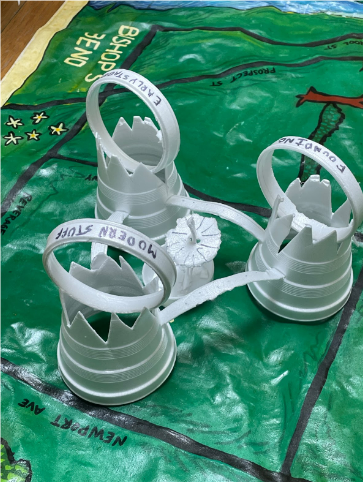
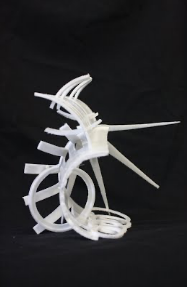
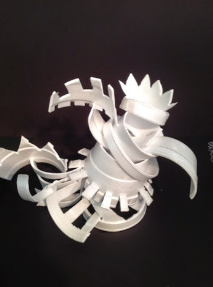
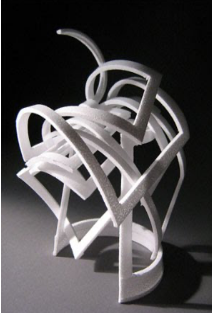

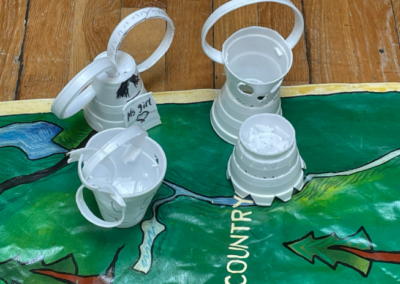
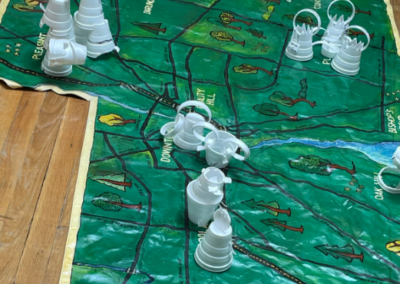
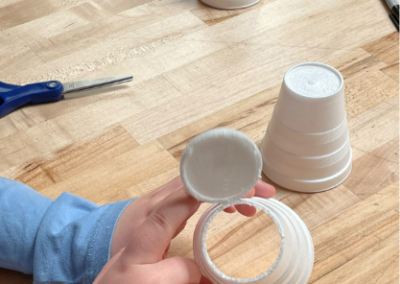
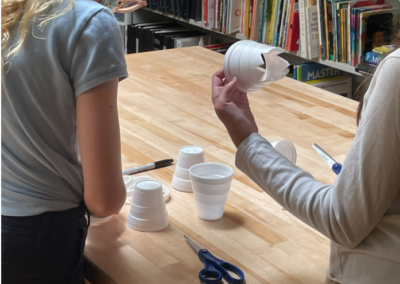
0 Comments